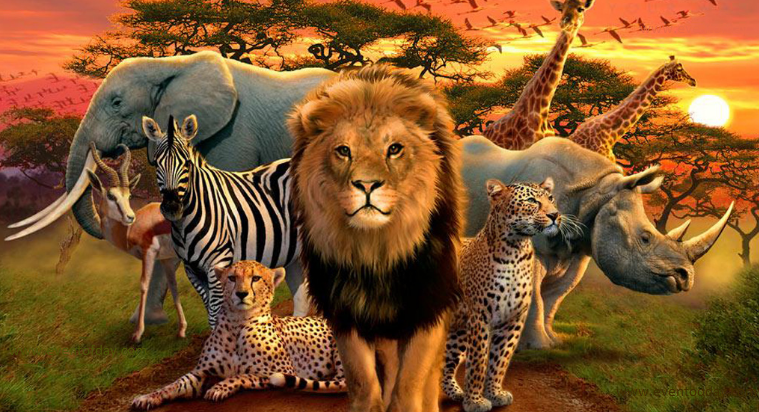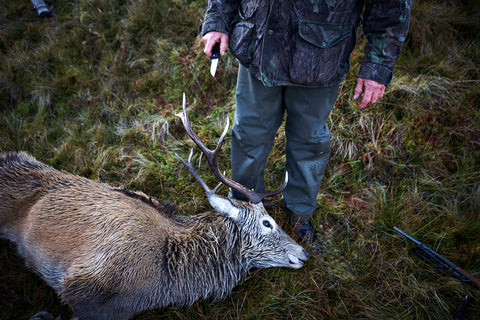Effective wildlife management is essential for preserving ecosystems and ensuring sustainable animal populations. The principles that govern this field are built on scientific knowledge, ethical standards, and adaptive strategies. A balance between human activities and wildlife conservation is vital for long-term ecological health.
The core principles of wildlife management are rooted in sustainability, ensuring that wildlife populations are maintained in a way that allows them to thrive for future generations. Biodiversity plays a crucial role, focusing on protecting the variety of species and their habitats to promote a healthy environment. Maintaining ecological balance is also essential, as it preserves natural processes like predator-prey relationships to ensure ecosystem stability. Wildlife management practices must embrace adaptive management, continuously improving based on research and results. Finally, ethical responsibility is key, with a focus on the humane treatment of wildlife and minimizing harm to animals and their habitats.
The North American Model of Wildlife Conservation

A key framework for wildlife management is the North American Model of Wildlife Conservation. This model outlines essential principles for sustainable conservation efforts:
- Wildlife as Public Trust Resources: Wildlife belongs to the public and is managed by government agencies on behalf of all citizens.
- Elimination of Commercial Wildlife Markets: The sale of wildlife and its parts is prohibited to prevent over-exploitation.
- Allocation of Wildlife by Law: Wildlife is regulated by laws and policies, ensuring responsible and fair use.
- Opportunity for All: Every citizen, regardless of wealth or status, has the opportunity to hunt or fish.
- Non-Frivolous Use: Wildlife can only be killed for legitimate purposes, such as food, fur, self-defense, or protection of property.
- International Resources: Wildlife does not adhere to human borders and requires international cooperation for conservation.
- Science-Based Policy: Wildlife management decisions are grounded in scientific research to ensure sustainable populations and ecosystems.
The Role of Hunting in Conservation

Hunting has been part of human culture for thousands of years, originally serving as a means of survival. As human populations expanded, unsustainable hunting practices led to significant wildlife declines. Modern wildlife management seeks to regulate hunting to maintain healthy populations.
- Historical Context: Early hunting was based on necessity and a deep understanding of wildlife. However, technological advancements and overhunting have required modern regulations.
- Regulated Hunting: Today, hunting is managed to ensure sustainability, with laws and licenses controlling hunting practices to prevent population declines.
Population Monitoring in Wildlife Management
Accurate population data is critical for effective wildlife management. Regular inventories help managers track species numbers, distribution, and overall health.
- Data Collection: By gathering data on wildlife populations, conservationists can monitor trends and adjust management strategies accordingly.
- Informed Decisions: Population inventories guide policy-making, ensuring that wildlife management strategies are based on solid evidence.
Bowhunting and Ethical Considerations

Bowhunting raises ethical questions due to the skill required for clean, humane kills. Some concerns include:
- Animal Welfare: Poorly aimed shots can lead to suffering if they are not immediately fatal.
- Ethical Responsibility: Hunters must be highly skilled to avoid causing unnecessary harm to animals.
Conclusion
Wildlife management hinges on sustainability, biodiversity conservation, and ethical practices. Frameworks like the North American Model of Wildlife Conservation, along with an understanding of predator-prey relationships and population monitoring, ensure that wildlife resources are managed effectively for future generations.
